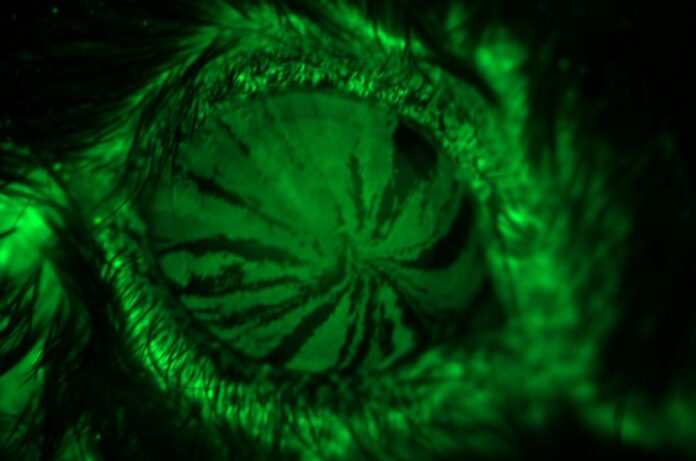Dry eye disease happens when the eye’s natural tears can’t keep it moist enough.
Dry eye disease is a common disorder that can cause the eyes to be more susceptible to injury because they lack natural tears to keep them lubricated. People with this condition often use artificial tears in the form of drops to keep their eyes moist and reduce the risk of injury to the cornea.
“We have drugs, but they only work well in about 10% to 15% of patients,” says senior researcher Rajendra S. Apte.
In this study, the team looked at genes that are important for eye health and they found possible treatment targets that look different in dry eyes than in healthy eyes.
Tens of millions of people around the world, including about 15 million in the U.S., have eye pain and blurry vision because of complications and injuries caused by dry eye disease. By focusing on these proteins, we may be able to treat or even prevent these injuries more effectively, according to the authors.
The researchers looked at how the cornea expressed genes in several mouse models of dry eye disease, diabetes, and other diseases.
Researchers discovered that the cornea of dry-eyed mice triggered production of the SPARC gene. They also found that healing was better when there were more SPARC proteins.
First author Joseph B. Lin said: “We conducted single-cell RNA sequencing to identify genes important to maintaining the health of the cornea, and we believe that a few of them, particularly SPARC, may provide potential therapeutic targets for treating dry eye disease and corneal injury.”
According to Apte, “These stem cells are important and resilient and a key reason corneal transplantation works so well.”
“If the proteins we’ve identified don’t pan out as therapies to activate these cells in people with dry eye syndrome, we may even be able to transplant engineered limbal stem cells to prevent corneal injury in patients with dry eyes.”
The work was published in the Proceedings of the National Academy of Sciences today.
Source: 10.1073/pnas.2204134120
Image Credit: Washington University School of Medicine
